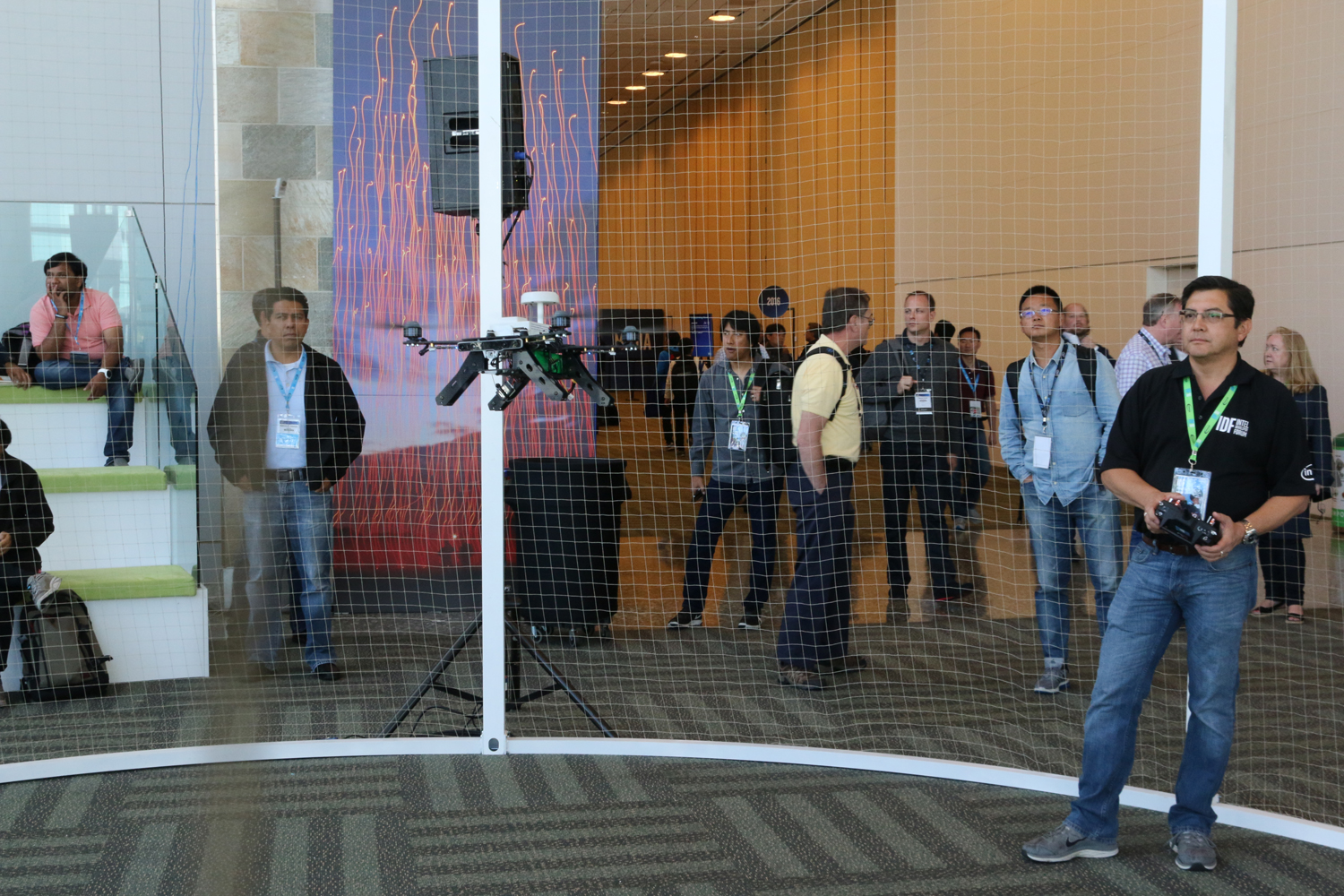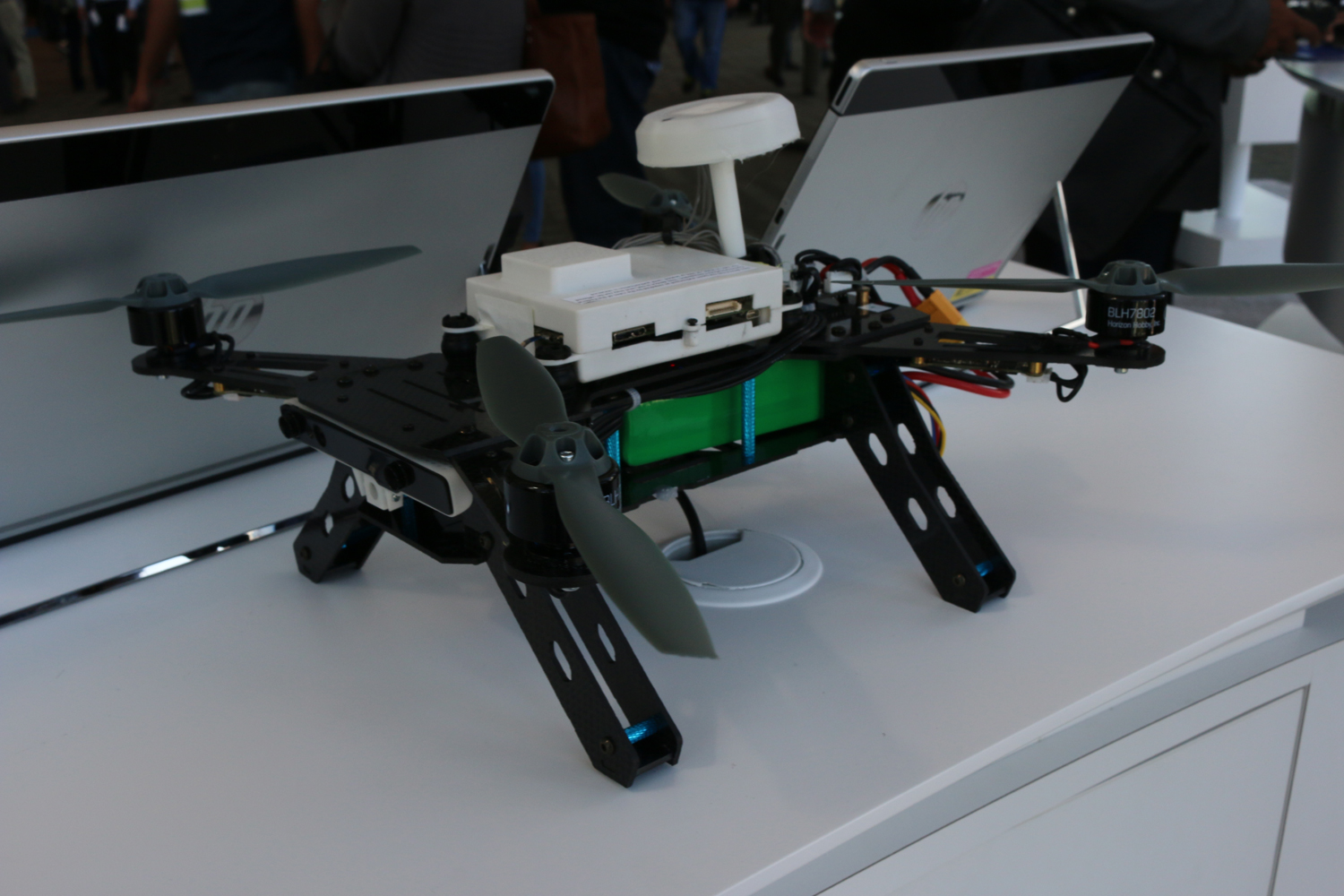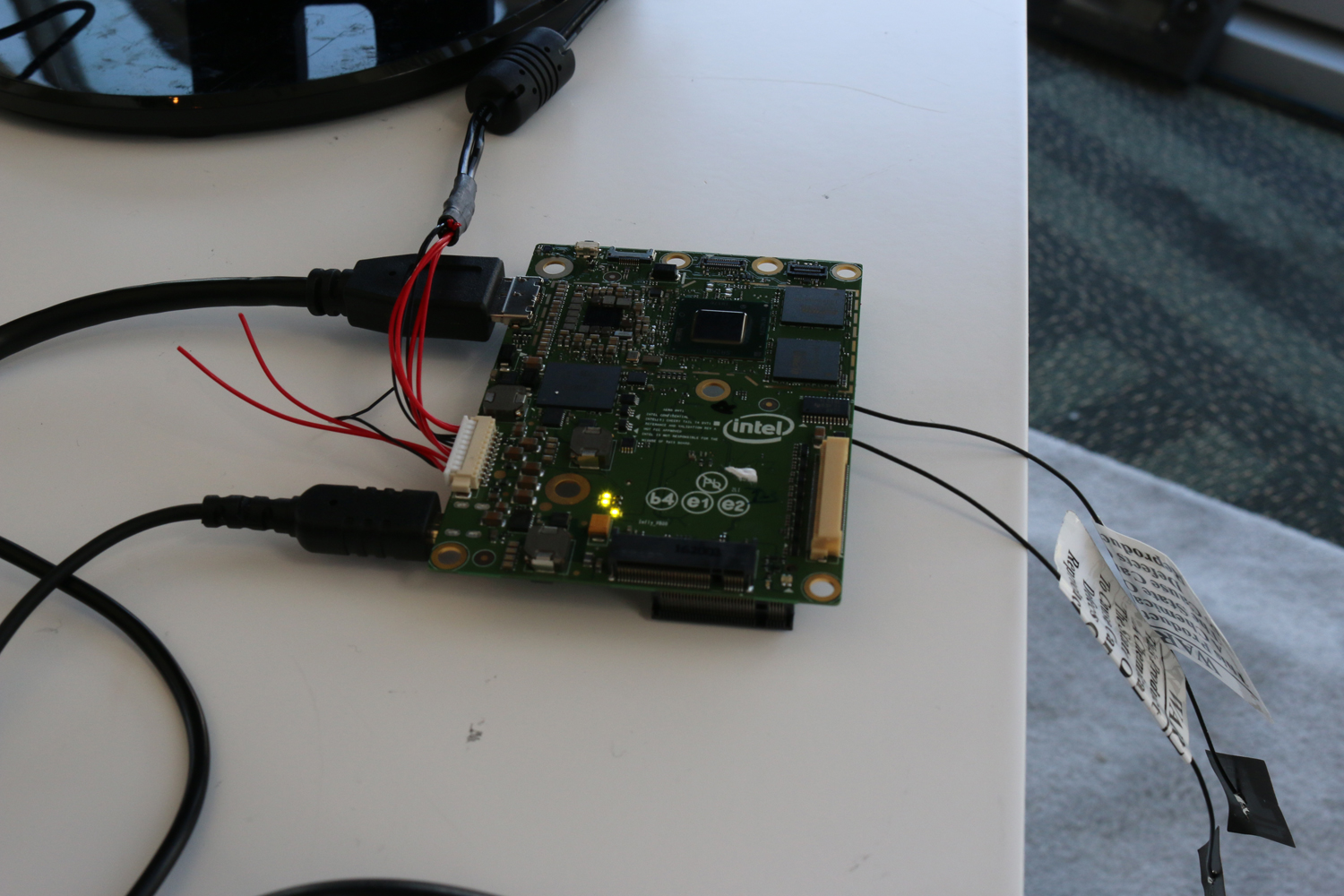Intel's Project Aero Will Teach Drones New Tricks
Intel's Aero Ready-to-Fly Drone, arriving by year's end, looks to help developers and researchers come up with new use cases for autonomous flight.
SAN FRANCISCO — Intel is looking for a few good drone applications. And it's providing developers with the hardware to build them.

At at its Intel Developer Forum this week, the company announced the Aero Ready-to-Fly Drone, a stripped-down quadcopter expected to ship by year's end. The drone won't win any beauty contests, but it will give researchers, developers, and drone enthusiasts a pre-assembled machine that's ready to take flight the moment they take it out of the box.
Intel hopes people who sign up for a chance to purchase the drone kit — a price hasn't been announced — will use it to develop new uses for autonomous flight that take advantage of Intel's technologies, such as the company's RealSense cameras that are capable of sensing depth among other features. In addition to RealSense, the Linux-powered Ready-to-Fly Drone includes a pre-programed flight controller with Dronecode PX4 software and support for the AirMap SDK for airspace data.
MORE: Best Drones - Top Rated Quadcopters on the Market

Intel's drone features the all-in-one Aero board featuring a quad-core Intel Atom CPU along with on-board storage plus a microSD card slot, 802.11ac, and reconfigurable I/O for connecting to other drone hardware. This Intel Aero Compute Board is available separately for $399.
As a demo unit of the Ready-to-Fly Drone buzzed around a drone cage set up at IDF, I chatted with an Intel rep, who explained that the idea is to give developers the tools they need to create new uses for autonomous flight. That could include anything from delivering and picking up objects to measuring temperatures in far-flung locales to capturing images of places where it's not safe of practical for people to be — wind turbines and oil fields to name a couple of instances.
But really, how developers wind up using the drone or Intel's Aero board is entirely up to them. It's the kind of experimentation Intel has dabbled in itself, showcasing a drone at this year's Mobile World Congress that was able to stream data and video over an LTE network.

In addition to its Ready-to-Fly Drone and Aero Compute Board, Intel is also selling a $149 vision kit that includes a RealSense camera with an 8-megapixel camera and a VGA shooter as well as a $69 enclosure.
You're not likely to pick up any of these drone components if you're just interested in taking a drone up for a quick flight around your local park. But you could eventually reap the benefits if, as Intel hopes, developers come up with new uses for drones.
Sign up to get the BEST of Tom's Guide direct to your inbox.
Get instant access to breaking news, the hottest reviews, great deals and helpful tips.
Philip Michaels is a Managing Editor at Tom's Guide. He's been covering personal technology since 1999 and was in the building when Steve Jobs showed off the iPhone for the first time. He's been evaluating smartphones since that first iPhone debuted in 2007, and he's been following phone carriers and smartphone plans since 2015. He has strong opinions about Apple, the Oakland Athletics, old movies and proper butchery techniques. Follow him at @PhilipMichaels.

